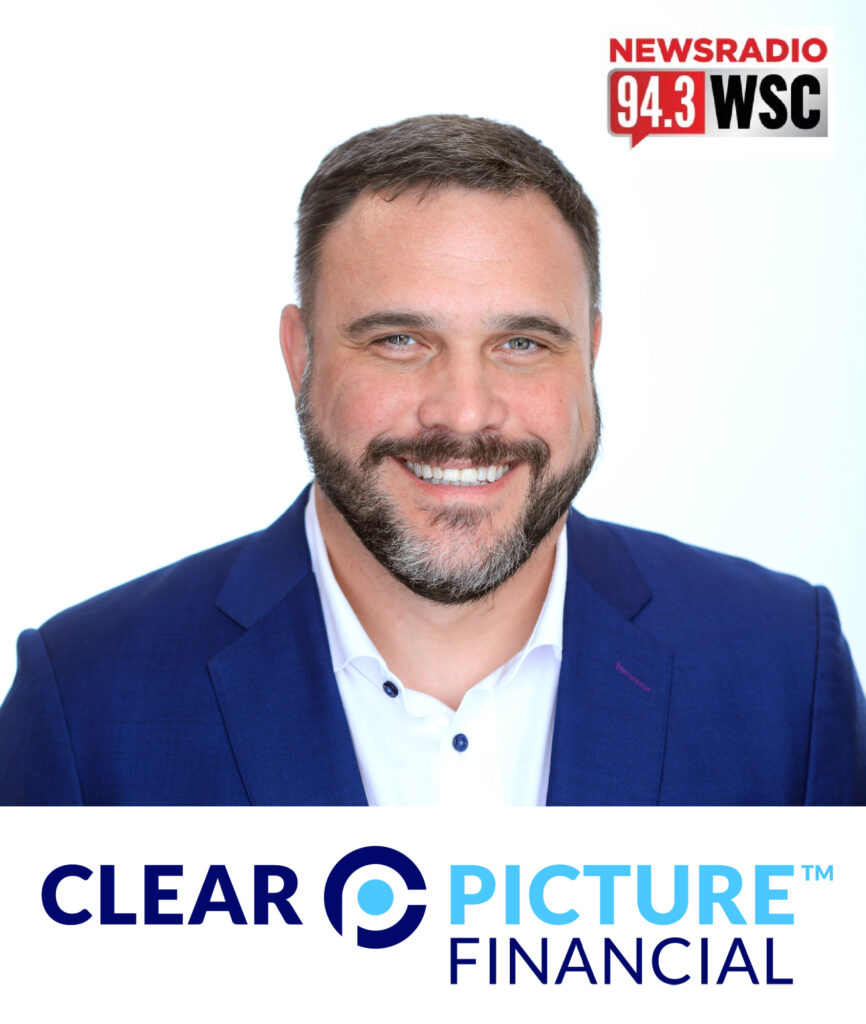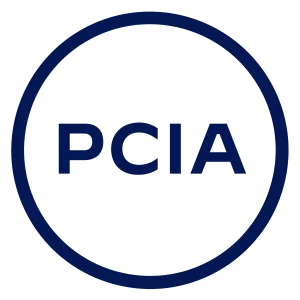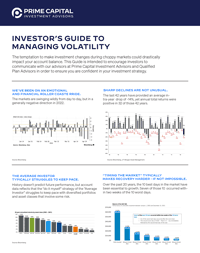Saving for retirement begins the process, but when it comes time to retire and start spending that nest egg, you have got to have the right strategy to make sure it lasts. Here are some retirement distribution strategies that may help. You should work with a financial advisor who specializes in retirement to create your own customized retirement plan.
If you have been a good saver, that’s fantastic. You have done half the job. The other half comes when it is time to use the money you have saved all those years. Working with your advisor can really help cement your plan and create the right distribution strategies.
Create a floor. First, it’s important to understand that some retirement accounts provide guaranteed income. These include Social Security, pensions, and annuities, which are guaranteed by the financial strength of the federal government, various companies, and insurance carriers respectively.
A flooring strategy involves building up enough guaranteed income to meet your basic needs, so that the rest of your retirement money can be used for discretionary things. This can be done by purchasing annuities which provide monthly income, or delaying the start of Social Security benefits. For each year you delay the start of benefits past your full retirement age until you reach age 70, you will get an 8 percent boost in your monthly Social Security payments.
A strong financial floor can provide peace of mind that no matter how the markets perform, you will be able to pay necessary expenses using guaranteed income streams.
Bucket your money. For funds that don’t provide guaranteed income, such as 401(k)s and IRAs, a bucket strategy can ensure some money is protected for short-term use while other money is allowed to grow for long-term use.
While the details can vary depending on a person’s needs and life expectancy, a typical strategy might use three buckets. The cash bucket, income bucket, and growth bucket.
- Cash bucket. The cash bucket may include money needed within the next six months held in cash or alternative investments with liquidity. There, the money probably won’t see significant gains, but it is accessible and can act as an emergency savings account even in retirement.
- Income bucket. The income bucket is usually three to five years of retirement income invested in conservative, income-focused investments. (When there is trouble ahead, the income bucket can increase to five to seven years of income.) Knowing you have around five years of income set aside while the stock market is volatile can provide peace of mind and security when you are no longer working and your savings must last throughout your retirement.
- Growth bucket. The growth bucket is what’s remaining. This bucket is looking for long-term growth to offset inflation and taxes. Since this is long-term focused, short-term market moves are not as impactful as someone not doing the bucket approach. The growth bucket replenishes the income bucket, and the income bucket replenishes the cash bucket.
Make systematic withdrawals. Some seniors treat their retirement accounts like piggy banks, withdrawing money whenever it is needed. However, a smarter approach is to make systematic withdraws of the same amount every month, quarter, or year.
Use account sequencing. When it comes to those systematic retirement withdrawals, people should be strategic about where they pull money from. For instance, when you reach age 73, the IRS requires minimum withdrawals be made annually from traditional retirement accounts and ordinary taxes be paid on the money withdrawn. The rules are strict about which accounts must be tapped. Known as account sequencing, the optimal order for withdrawing funds in retirement is the one that will minimize taxes over the long run so that you end up with more spendable funds.
Ideally, your customized retirement plan—built for you and your goals and situation—will be created in advance of retirement, so that you can use a combination of strategies to mitigate taxes. You might want to create a floor, use buckets, and spend taxable money first since, you’ll have to withdraw it anyway. Or maybe there’s a better way for you.
A financial advisor can help you do the math and put all the pieces together to help ensure that you have the best chance of making your retirement money last. Please reach out to our office at 843.743.2926 and schedule a conversation.

Don’t miss Clear Picture Financial, Jason Noble’s radio show and podcast each Sunday, where you will learn how you can protect your portfolio and stay on course with your long-term financial and retirement plans. Jason and his team help retirees, those who want to retire early, and business owners who are looking for a work-optional lifestyle.
61423012 MKS
This article is provided for general information only and is not to be construed as financial or tax advice. It is recommended that you work with your financial advisor, tax professional and/or attorneys when tax planning.
Advisory products and services offered by Investment Adviser Representatives through Prime Capital Investment Advisors, LLC (“PCIA”), a federally registered investment adviser. PCIA: 6201 College Blvd. Suite #150, Overland Park, KS 66211. PCIA doing business as Prime Capital Wealth Management (“PCWM”) and Qualified Plan Advisors (“QPA”).





